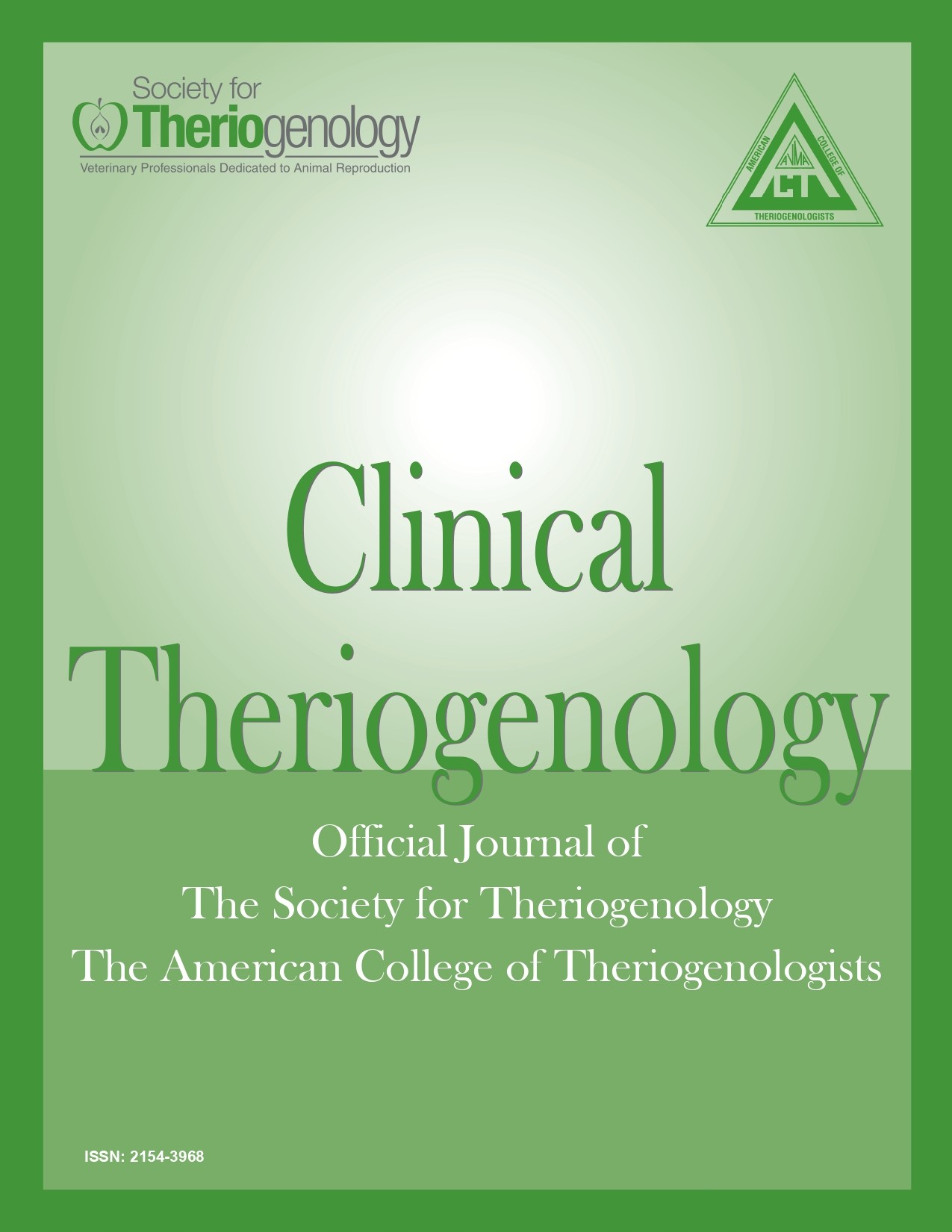Canine neonatal mortality
Abstract
Neonatal losses within the first few months of life are a common yet unavoidable problem in canine reproduction. It is important to understand the unique physiology of the canine neonate so that the main non-infectious and infectious causes of mortality can be anticipated and prevented. Birth weight is the single most important predictor of neonate survival. The neonate’s body weight should be monitored twice daily for the first two weeks and any loss or failure to gain should be investigated. Clinical signs preceding neonatal mortality may include low or no weight gain, continuous vocalization, separation from the dam or other littermates, depression, abdominal distension, or loss of suckle reflex. There are numerous causes for neonatal mortality including peripartum hypoxia, growth retardation (intrauterine and postnatal), maternal aggression, neglect or rejection, nutritional deprivation resulting in hypoglycemia or dehydration, hypothermia, and pathogens (bacterial, viral and parasitic). Postmortem examinations provide essential information for causes of neonatal mortality and should be pursued aggressively to prevent further losses. Therapeutic goals of preventing neonatal mortality include supportive care and identification and eradication of the cause when known. In many cases, a number of simple actions can significantly reduce neonatal mortality.
Downloads

This work is licensed under a Creative Commons Attribution-NonCommercial 4.0 International License.
Authors retain copyright of their work, with first publication rights granted to Clinical Theriogenology. Read more about copyright and licensing here.





